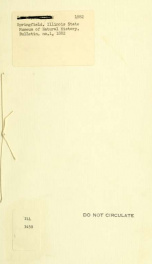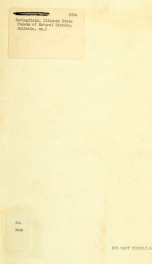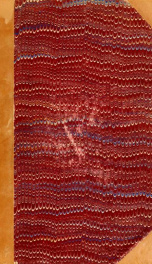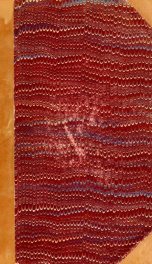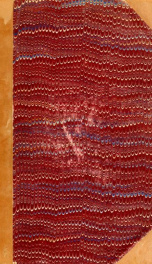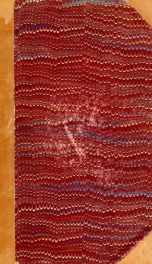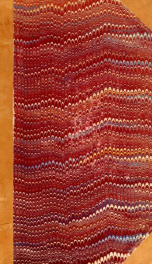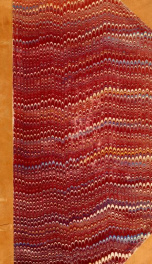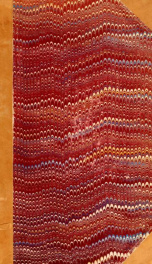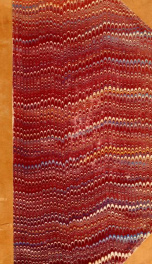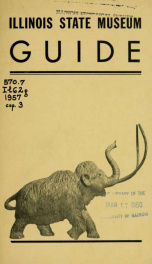general guide

Purchase of this book includes free trial access to www.million-books.com where you can read more than a million books for free. This is an OCR edition with typos. Excerpt from book: However it lives in tree tops and goes about in troops headed by an old male and stays away from other monkeys. Its food consists chiefly of seeds, fruits, insects and lizards. When young it is docile and easily tamed but when old becomes morose. The ordinary monkey No. 520 of the showman, is closely related to the macaque. Its home is in the tree tops and it is an eater of insects, berries and fruits. None of these animals have ever been found in the United States. SKELETONS. CASE 12. In the lower part of this case are a series of skeletons. No. 756 is the skull of a hippopotamus from South Africa, presented by Mr. E. W. Payne of Springfield. No. 447 is the skeleton of a Virginia deer, No. 456 represents the skeleton of a black bear. The skeletons of the following smaller mammals are represented: the wood hare No. 499 ; the muskrat No. 490, Anna, Ill.; the raccoon No. 497; the opossum No. 522, Illinois; the mink No. 477, Normal, Ill.; the prairie mole No. 515; and the sewellel No. 517, Washington. CENTRAL MAMMAL CASE. CASE 14. In the large case adjacent are assembled a number of the larger mammals both carniverous and herbiverous. The eye naturally falls first upon the grizzly bear No. 454. A grizzly bear is the largest and most ferocious of all bears. He is a great traveler, loves water, swims well but cannot climb trees. He is an omniverous feeder. At certain seasons of the year its principal means of subsistence is roots of small plants and flowers, and when hunting for these he tears up great stretches of country in a surprisingly short time. At other times his chief food is fish. The grizzly is a skillful fisherman. He stands upon a rock or log or in the water and snatches at fish with lightning rapidity, scooping them high out upon the bank. After he has eaten a...
Info about the book
Author:
Series:
Unknown
ISBN:
1613740328
Rating:
5/5 (5)Your rating:
0/5
Languge:
English
Users who have this book
Users who want this book
What readers are saying
What do you think? Write your own comment on this book!
write a commentGenre
if you like general guide try:
Other books by this author
Do you want to exchange books? It’s EASY!
Get registered and find other users who want to give their favourite books to good hands!
